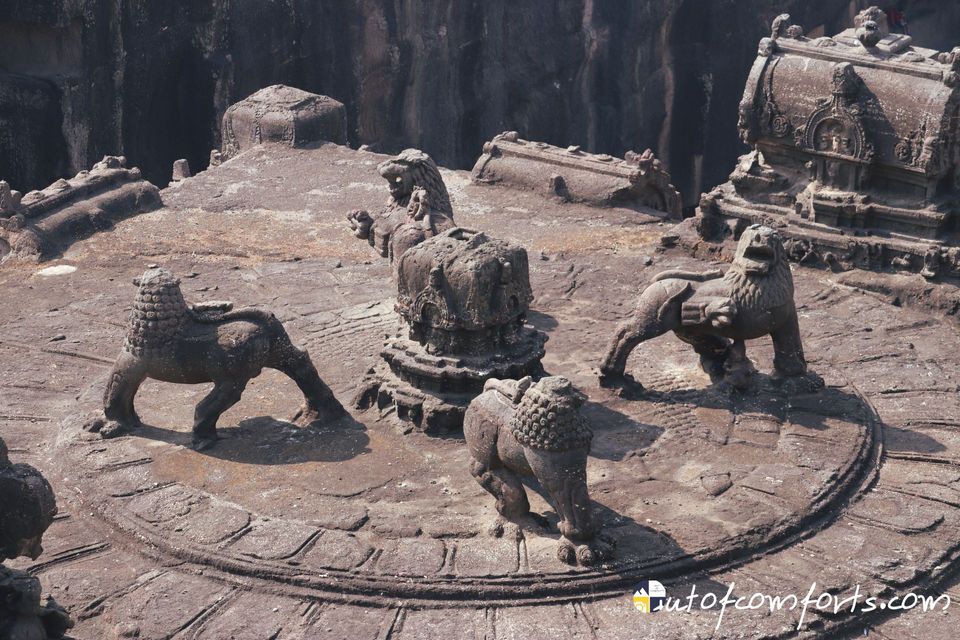The first 2 days of our journey were mind-blowing. If you are excited to know how this trip started then flick to “Karla - Where Stones Tell Stories (Part 1)”.
It’s sad to admit but as a student, I was not a huge fan of History, most of the information I never felt like remembering more than one year down the line. But when I was in school, I traveled with my parents on a few historical trips like Mysore, Hampi, Agra, and Rajasthan, which completely changed me from inside and started feeling proud about my country. Even today, I remember all those places like it was yesterday. The question is why do I? What I failed to realize is that experiencing history is more interesting than studying.
Itinerary:
Day-1: Pune & Rajmachi Garden (Covered in Part 1)
Day-2: Lohagad Fort & Karla Caves (Covered in Part 1)
Day-3: Ajanta Caves
Day-4: Ellora Caves
Let's get back to the story.
We headed towards Aurangabad by taking a bus with all the warm memories of Pune. Lohagad and Karla made me curious about what kind of new, intense flavors awaited in the Ajanta and Ellora. We arrived at the “City of Gates” around 07:00 a.m. by 8 long hours of an exhausting journey. Aurangabad is no stranger to travelers because of its colorful culture and unforgettable history, known as the Tourism Capital of Maharashtra. There are so many fascinating places to visit in the city, unfortunately, we were here for only Caves. We all got a quick fresh up in the hotel and left for Ajanta Caves.
On the way to Ajanta, we had a hot Poha with Pickle, the best breakfast in Maharashtra so far. It was going to be a long day so we also took some Poha parcels. Finally, we reached one of the first World Heritage sites in India. It was the weekend and a massive crowd gathered from all over the country, after 2-3 hours of waiting in the queue, we got the first view of Ajanta. At the start, we had to climb a bit for the first time but later it was not a big effort. Among its history and unbelievable facts, the following things are noticeable.
- Ajanta caves were built between the 2nd century BCE to 5th century CE, approximately 700 years of construction with the Rock-cut architecture.
- It consists of 30 caves filled with stunning paintings and sculptures, each dedicated to the life of the Buddha, his philosophies and teachings.
- These Caves display Viharas and Buddhist monasteries that were built by using simple tools like hammer and chisel to carve the stories depicted here.
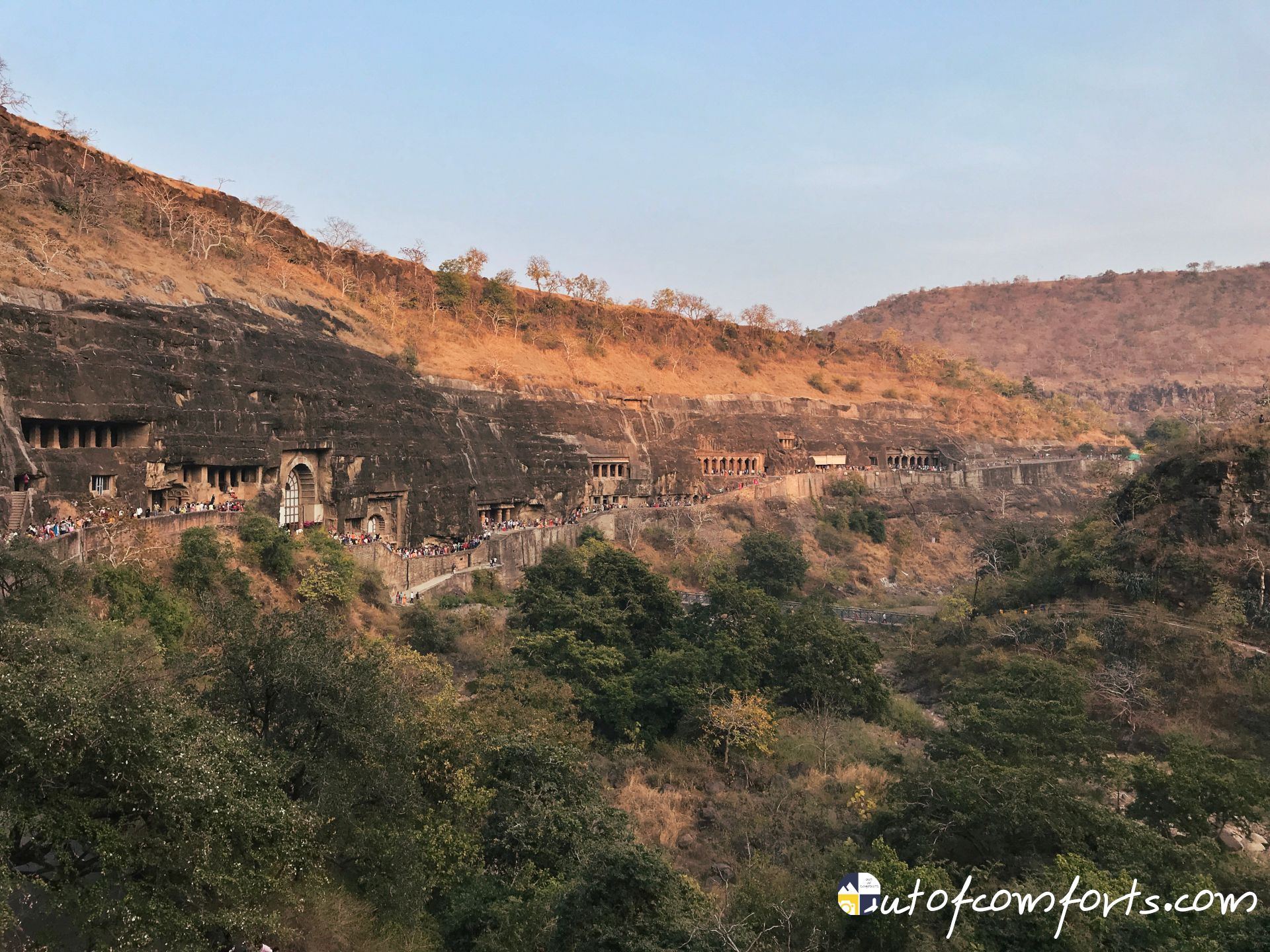
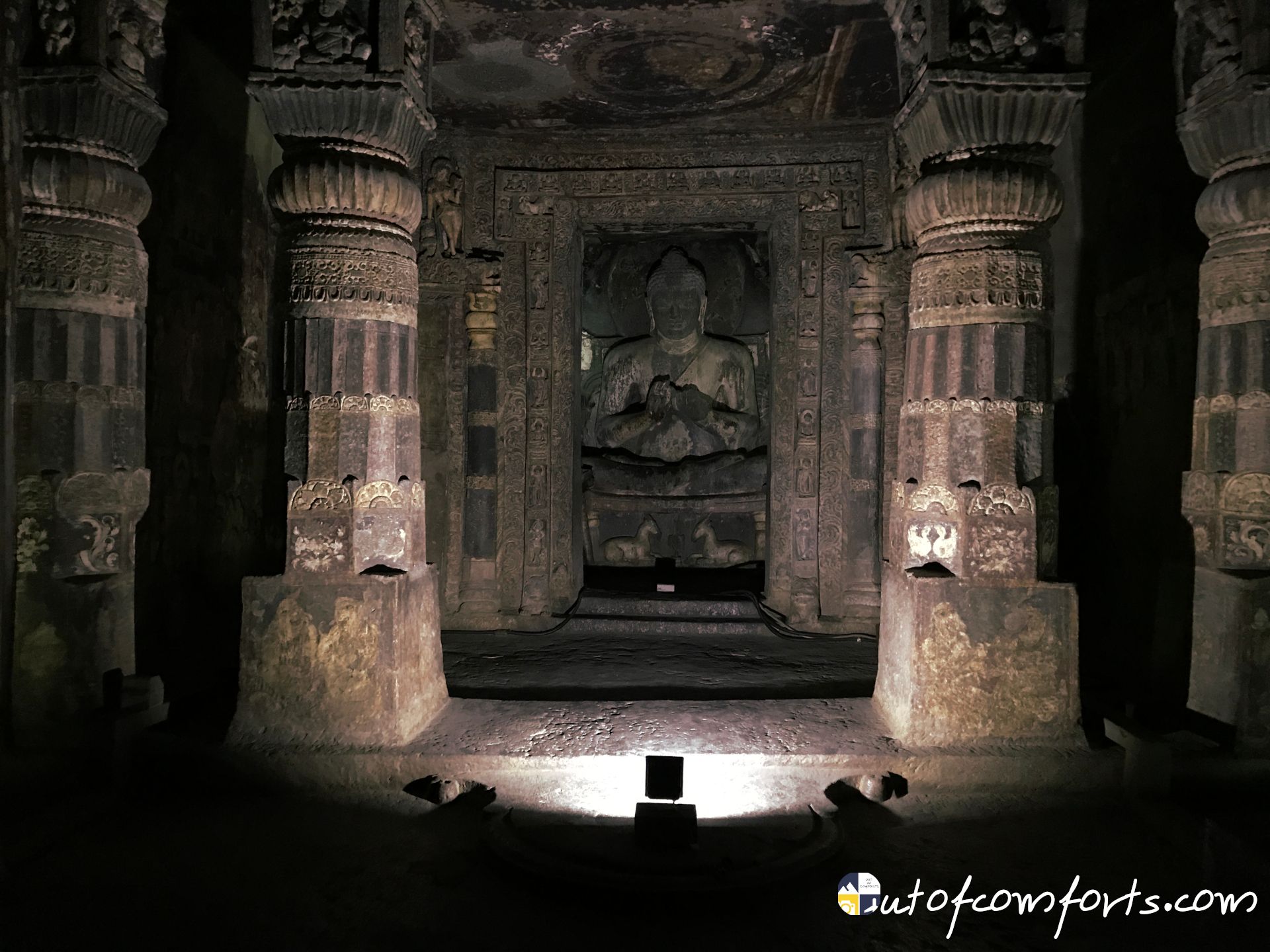
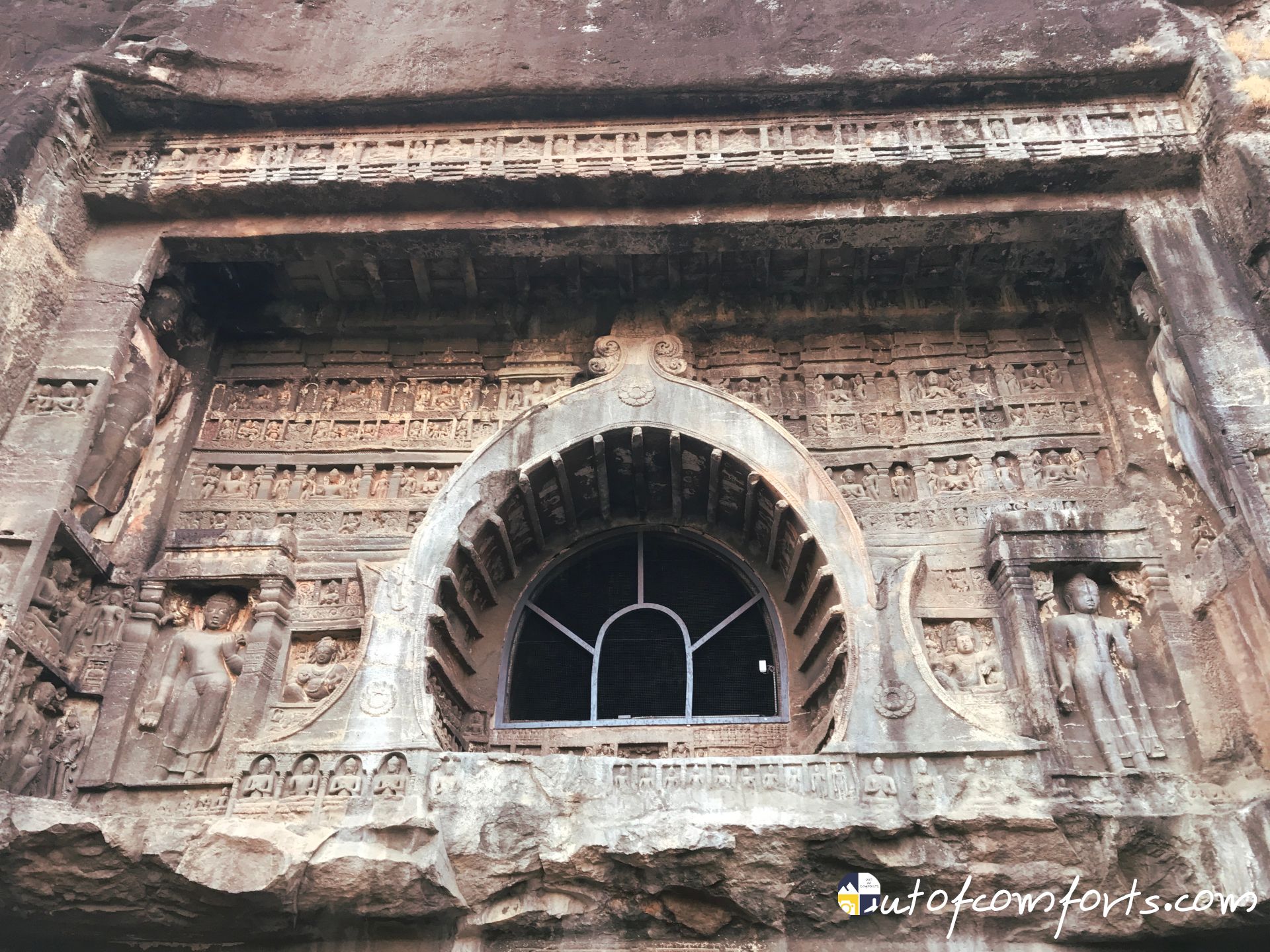
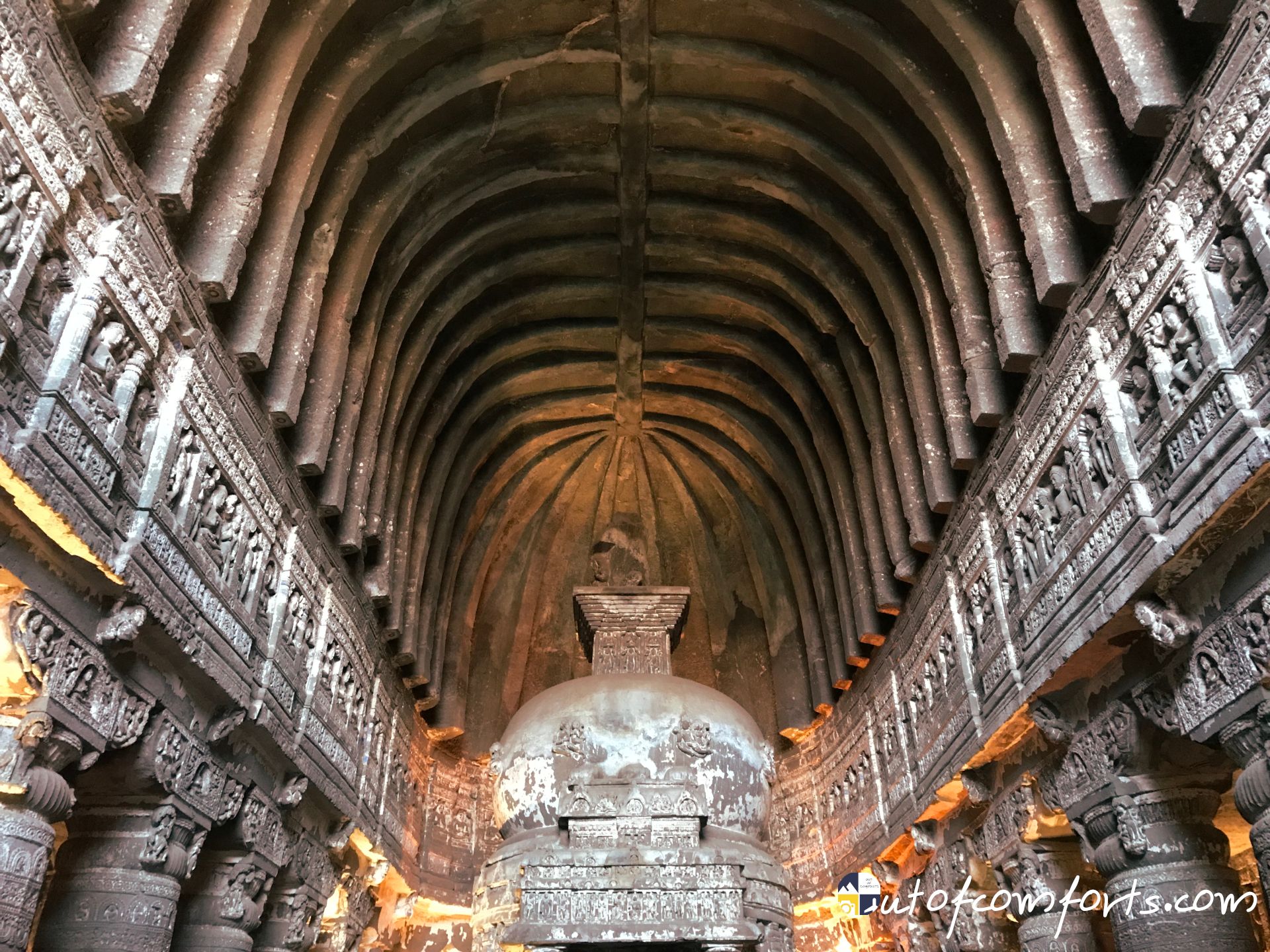
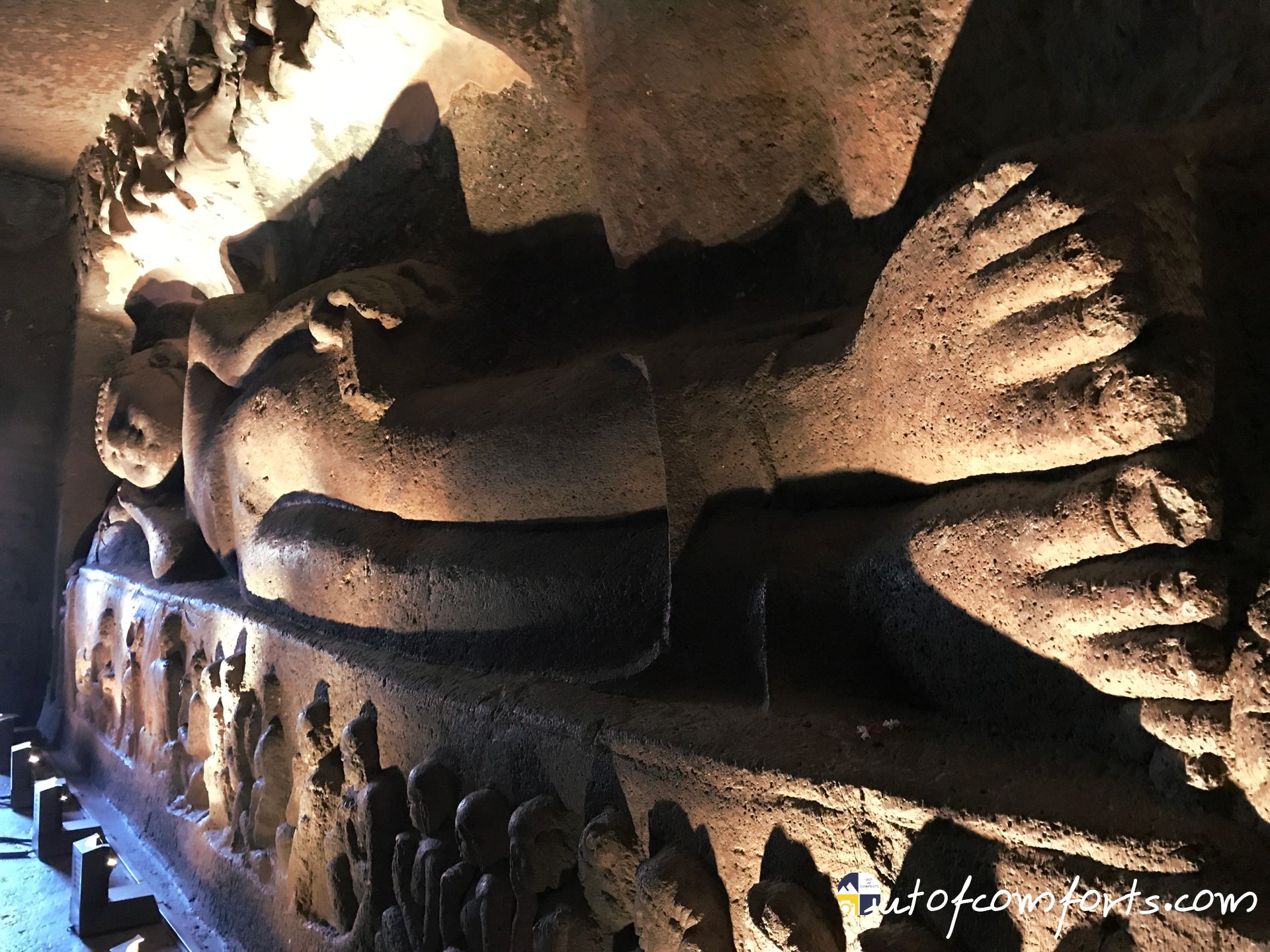
Ajanta Caves
